With an esophageal obstruction, the lining gets stuck in the esophagus. While it usually passes easily up the esophagus, a chunk of food can swell up and then get stuck. A blockage of the esophagus from hay mainly occurs when horses eat a lot. As a result, they do not chew the food sufficiently and too little saliva is produced. Overeating can also lead to poor digestion, which in turn increases the risk of colic.
What are the symptoms of esophageal obstruction?
|The horse itself is often startled and feels lousy when there is a blockage in the esophagus. Possible symptoms include tightening of the throat muscles, sweating and panic. It is also possible for food or mucus to come back out of the horse's nose, which is especially the case if the horse has been drinking recently. Other symptoms that can occur with esophageal obstruction include: shaking your head, walking backwards, stretching your throat, coughing, choking, and constantly lying down and getting up again. Many of the symptoms of esophageal obstruction in horses are similar to those of colic.
Although it looks like the horse could choke at any moment, this is not the case. The chunk of food is in the esophagus and not in the windpipe. It gets serious, however, when the horse starts to produce saliva, because this saliva can no longer be swallowed away. Food particles can now enter the trachea. If you hold your head down, the saliva can drain out of the mouth. If the saliva with the food particles gets into the lungs, fatal pneumonia is the result. It is therefore advisable to consult a veterinarian as soon as possible.
How can an esophageal blockage be treated?
First of all, it is important that you keep calm yourself and call the vet as soon as possible. The vet may recommend taking the horse for a walk to help it relax; however, this should only be done on the advice of the veterinarian. Upon arrival, the veterinarian will immediately inject the horse with medication that will relax the esophagus. In addition, an anesthetic is administered so that the horse can be treated unhindered and no or as few feed particles as possible get into the lungs. If the blockage is still not cleared after a few hours, the vet will use a nasogastric tube to attempt to flush or soak the remains of food with water and then massage it into the mouth or stomach.
How can a blockage of the esophagus be prevented?
You can prevent this by encouraging the chewing of concentrates. Feeds that make a horse chew more include muesli or loose grains. If you want to feed them kibble, you should pay attention to the size of the kibble pieces. The size of the chunks can affect the number of chews. You can also mix a few handfuls of chopped grass, alfalfa or straw into the concentrate feed. Not only can you spread out portions throughout the day, but you can also reduce the rate at which the horse can eat. You can do this e.g. B. put some large, round stones in the feeding trough.
In addition, care must be taken to ensure that the horse is not hungry. It is therefore advisable to give the concentrated feed in small portions throughout the day. It is also important that the horse has enough roughage available. Ideally, the horse should have unlimited roughage available. To slow down the horse's eating speed, you can offer the roughage in a hay net.
This text was translated by a translation machine
 Horse Pharmacy
Horse Pharmacy Rugs
Rugs Care
Care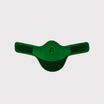 Saddle and Attachments
Saddle and Attachments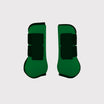 Leg Protection
Leg Protection Bridles
Bridles Feed
Feed Fly Masks
Fly Masks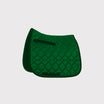 Saddle Pads
Saddle Pads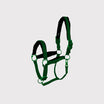 Headcollars and Ropes
Headcollars and Ropes Bits
Bits Other Disciplines
Other Disciplines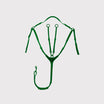 Reins and Auxiliary Reins
Reins and Auxiliary Reins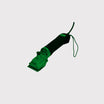 Clipping
Clipping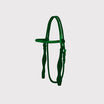 Western
Western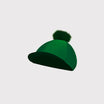 Eventing
Eventing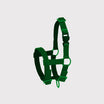 Foals
Foals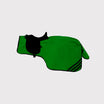 Reflection
Reflection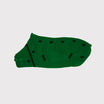 Therapy Products
Therapy Products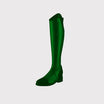 Boots and Shoes
Boots and Shoes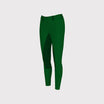 Breeches and Belts
Breeches and Belts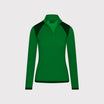 Tops
Tops Safety
Safety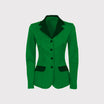 Competition
Competition Heated Clothing
Heated Clothing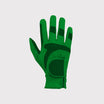 Gloves
Gloves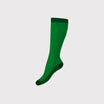 Socks
Socks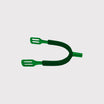 Spurs and Attachments
Spurs and Attachments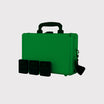 Technology
Technology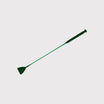 Whips
Whips Gifts
Gifts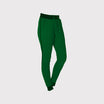 Casual Wear
Casual Wear Underwear
Underwear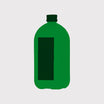 Rider Pharmacy
Rider Pharmacy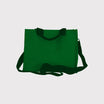 Bags
Bags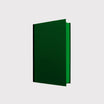 Books
Books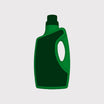 Laundry supplies
Laundry supplies Jewelry
Jewelry Feed and Waterbowls
Feed and Waterbowls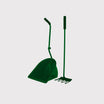 Equipment
Equipment Tack Room
Tack Room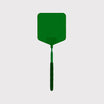 Pest Control
Pest Control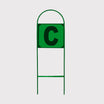 Arena
Arena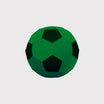 Horse Toys
Horse Toys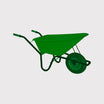 Wheelbarrows
Wheelbarrows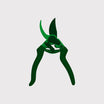 Yard
Yard Surveillance
Surveillance Disinfect
Disinfect Washing Area
Washing Area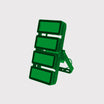 Lighting
Lighting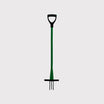 Horse Pasture
Horse Pasture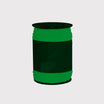 Current Conductors
Current Conductors Pole
Pole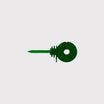 Insulators
Insulators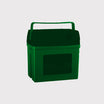 Energisers
Energisers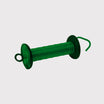 Gate Handles
Gate Handles Batteries and Accumulator
Batteries and Accumulator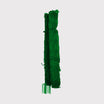 Nets
Nets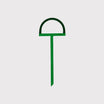 Grounding
Grounding Tools
Tools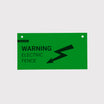 Fencing Security
Fencing Security Wolf Defense
Wolf Defense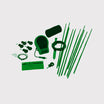 Fencing Sets
Fencing Sets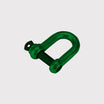 Fence locks
Fence locks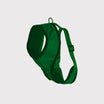 Dogs
Dogs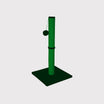 Cats
Cats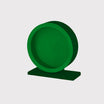 Rodents
Rodents Dogs Pharmacy
Dogs Pharmacy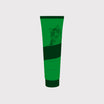 Cats Pharmacy
Cats Pharmacy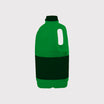 Rodents Pharmacy
Rodents Pharmacy Cattle Pharmacy
Cattle Pharmacy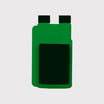 Poultry Pharmacy
Poultry Pharmacy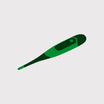 Veterinary Supplies
Veterinary Supplies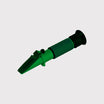 Cattle
Cattle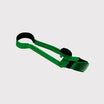 Sheep and Goats
Sheep and Goats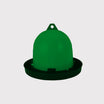 Poultry
Poultry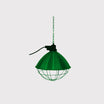 Heat Lamps
Heat Lamps Calves
Calves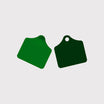 Marking
Marking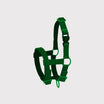 Halters
Halters